12 Dishes Foodies Secretly Find Disgusting
Every foodie loves to try out delicacies from all corners of the globe. But what happens when a love for food meets something that’s just not so yummy? Past the fancy photos and positive comments, the foods in this list are some enthusiasts in an online discussion secretly find yucky.
1. Stevia
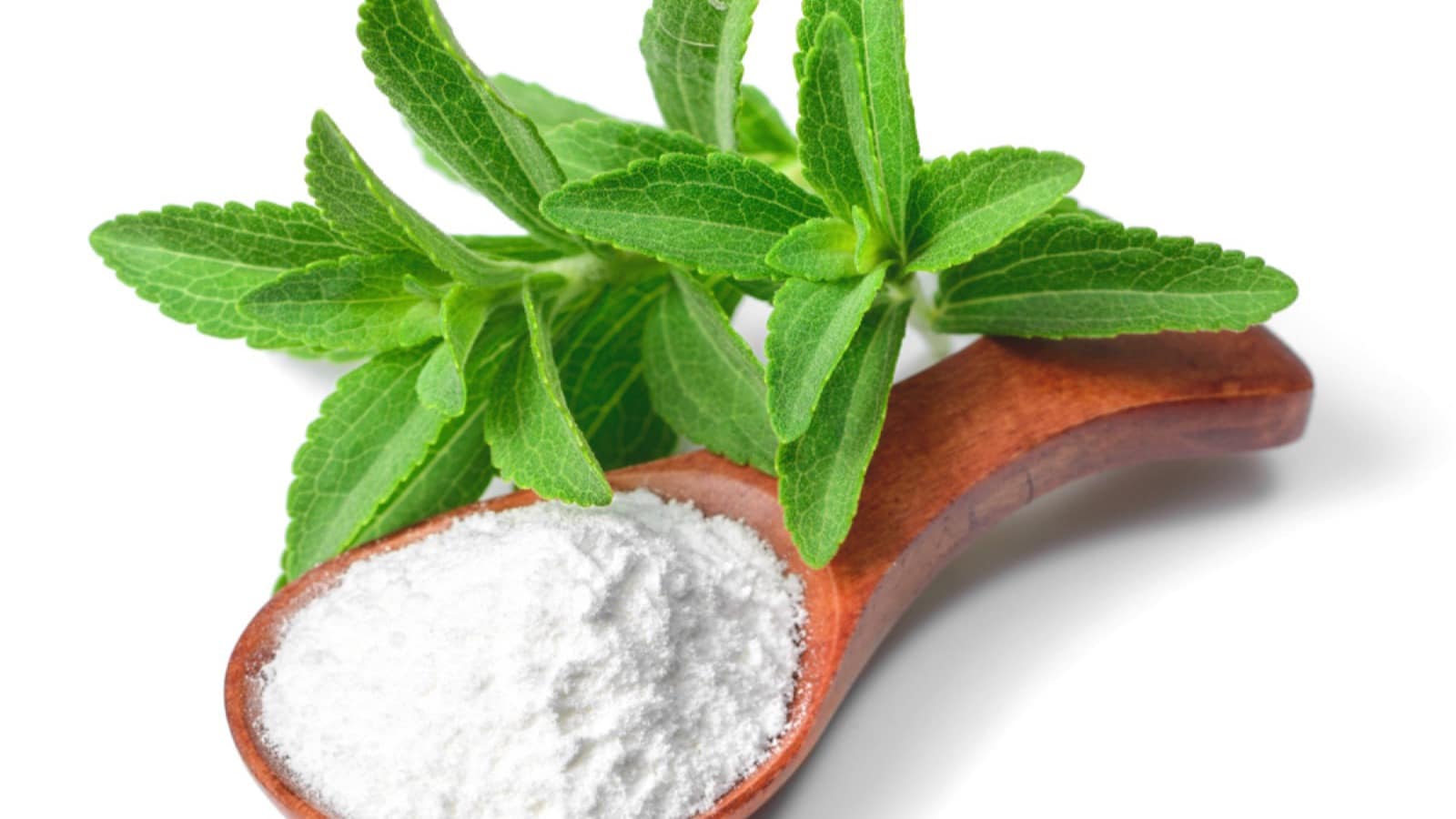
Stevia is a natural sweetener produced from stevia leaves. Since it is much sweeter than regular sugar without carbs, calories, or synthetic elements, some like it as a healthier alternative to sugar. But many people swear it tastes horrible or like menthol at best. Menthol isn’t all bad, but imagine replacing sugar with it. One foodie thinks, “There’s absolutely no way someone enjoys that aftertaste. It’s a weird club that I’m not willing to join and such a dominant flavor.” However, some people say they don’t notice the aftertaste.
2. Edible Gold Leaf

Edible gold leaf is like a fancy decoration for food. People mostly put it on desserts and candies to make them look unique. It comes in thin sheets or little pieces. The strange thing is that even though we eat it, our bodies don’t use it. It goes through our stomach without doing anything. The problem is edible gold leaf has no real taste. In fact, some food lovers say it literally acts as a barrier between your tongue and flavor. It’s almost like its only purpose is to be in pictures people put online.
3. Lutefisk
![Lutfisk - Lutefisk,in Northern and Central Norway,] in Southern Norway in Sweden and in Finland a traditional dish of some Nordic countries.made from aged stockfish](https://www.simplyhealthyfamily.org/wp-content/uploads/2023/08/Lutefisk.jpg)
Lutefisk is a dried whitefish, often made from cod but sometimes using ling or burbot. The process starts with aged stockfish or dried cod soaked in lye to cure it. After a few days of soaking, the fish becomes jelly-like. People describe the taste of lutefisk as a bit fishy, with some saying it has a strange aftertaste that’s a bit like soap or even ammonia. Yes, you heard it right — some folks say it tastes soapy. That’s one of the reasons why food enthusiasts usually don’t find it very appealing.
4. Hákarl
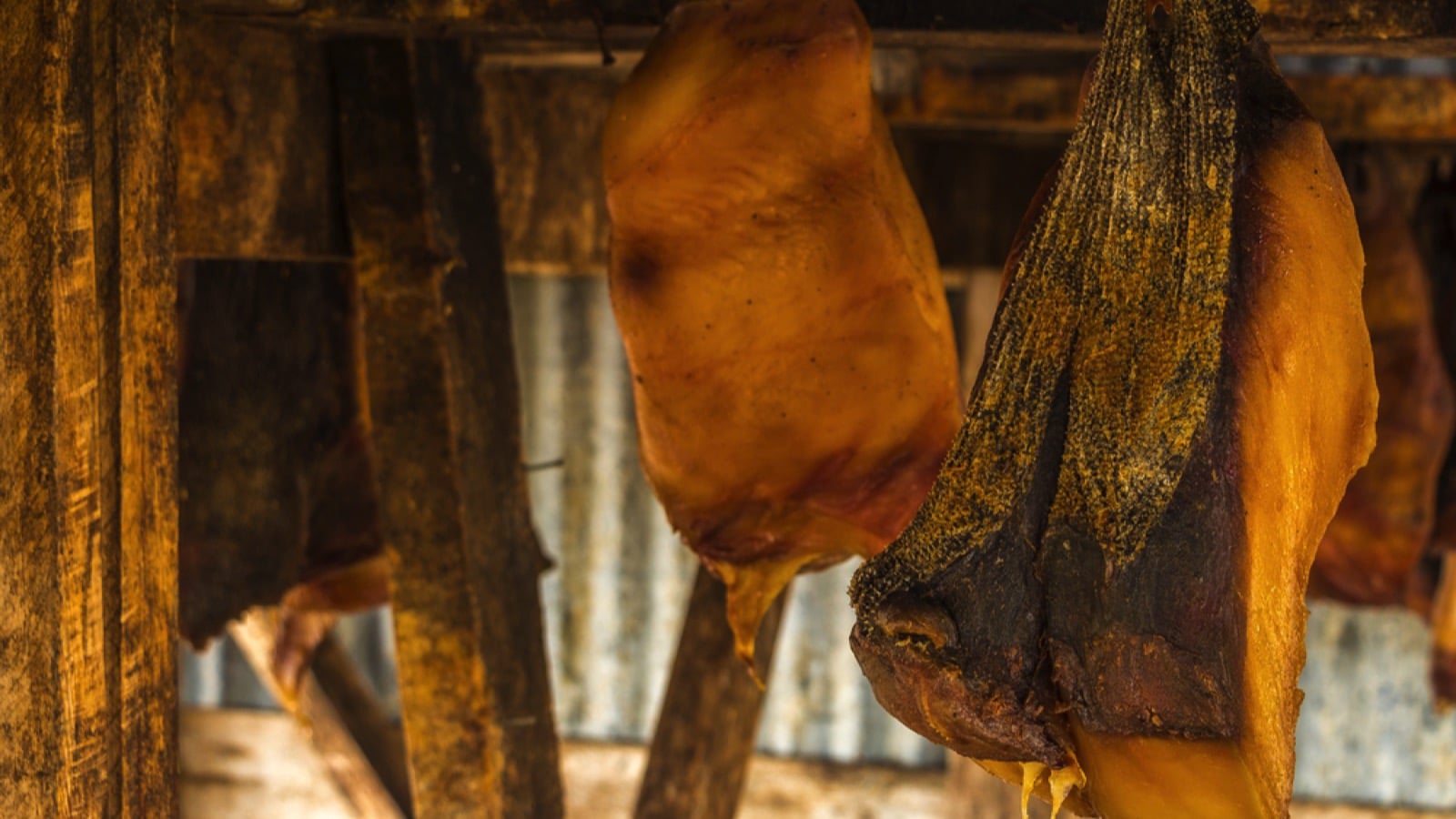
Hákarl, which means fermented shark in English, is a special dish from Iceland. It’s made from a Greenland shark or other sleeper shark. The process involves curing the shark with a unique fermentation method and then letting it dry for about four to five months. However, Hákarl has a strong smell of ammonia and a fishy taste that many people find off-putting. Some even call it “rotten shark.” The experience of eating an Icelandic fermented shark is mostly about how it smells. If you’re sensitive to strong odors, you’re likelier not to enjoy the shark.
5. Chitterlings

Chitterlings, called chitlins or chitlins, are the small intestines of domestic animals. Most often, they are made from the intestines of pigs. Sometimes, these intestines are stuffed with ingredients to create sausages. While chitterlings can be made from the intestines of beef, goat, or lamb, the pork version raises eyebrows the most. According to one food freak, “I’ve heard it said that chitlins have a smell that gets in your soul.” Why does that story sound so true?
6. Kale

Kale, touted as a superfood for its nutritional content, might have a surprising presence on this list. Some food enthusiasts secretly dislike kale due to its strong and slightly bitter flavor. It’s a leafy green that has gained immense popularity recently, often featured in salads and smoothies. However, its taste and texture can be challenging for some palates. And the fact that it’s a health-conscious choice can’t change their mind. They’re mad that we lied to them.
7. Caviar
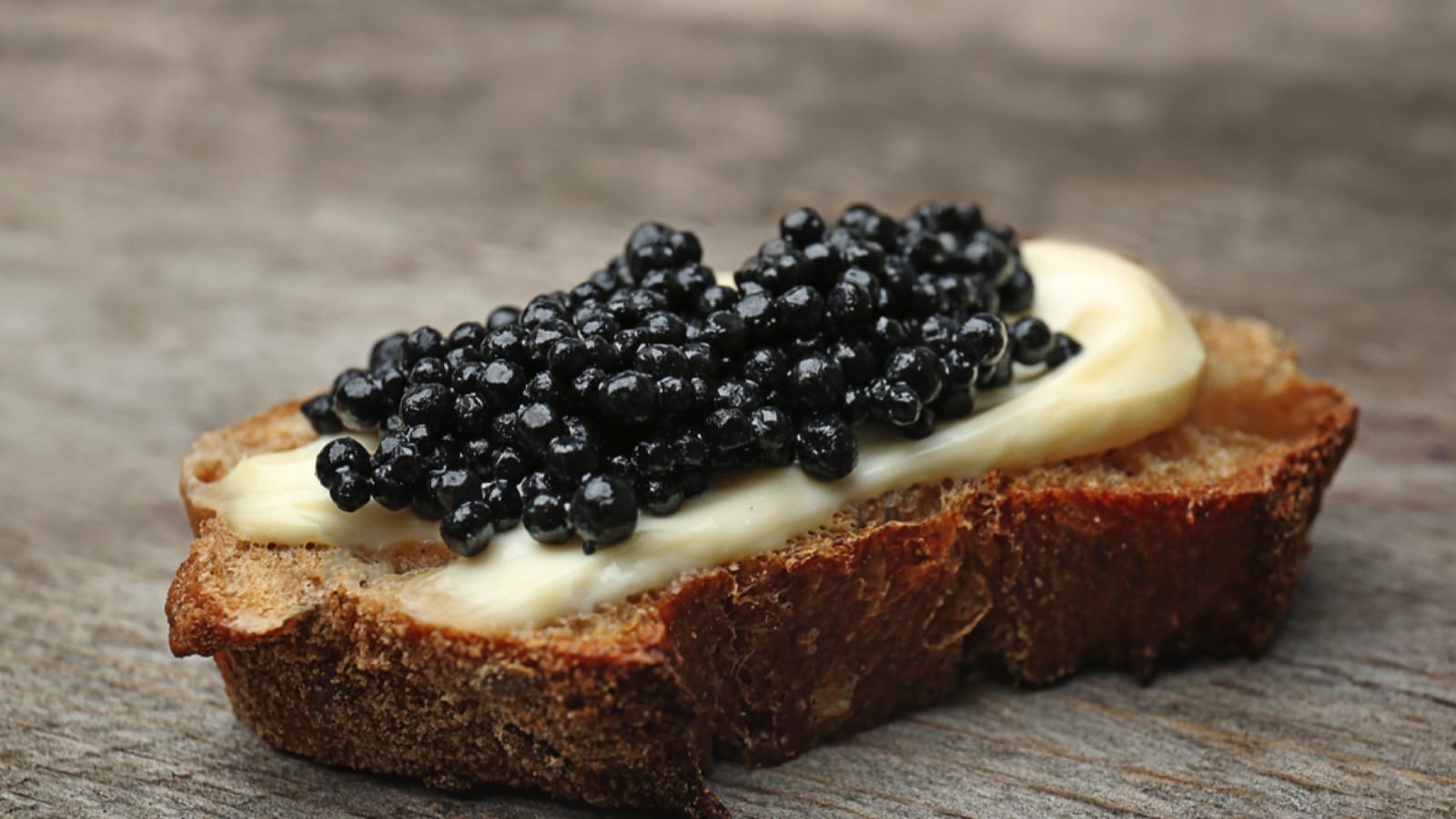
Caviar, the delicate and often expensive sturgeon roe, is considered a luxury food item. While it’s highly valued by many, some foodies finally admitted to finding it off-putting due to its briny taste and the sensation of the eggs bursting in the mouth. A quirky tidbit about caviar is that it’s traditionally enjoyed with a spoon made of bone because using metal is believed to cause a chemical reaction that alters the flavor. But those who don’t enjoy it say it doesn’t make a difference what you use to eat it.
8. Tripe

Tripe is made with the stomach lining of animals like beef or sheep. It’s a part of traditional cuisines in different cultures worldwide, but not everyone is a fan. Some food enthusiasts secretly find tripe unpalatable due to its chewy texture and distinct, earthy taste. It’s a polarizing dish — while some enjoy its unique flavor when prepared well, others can’t quite get past its unusual characteristics.
9. Bitter Gourd
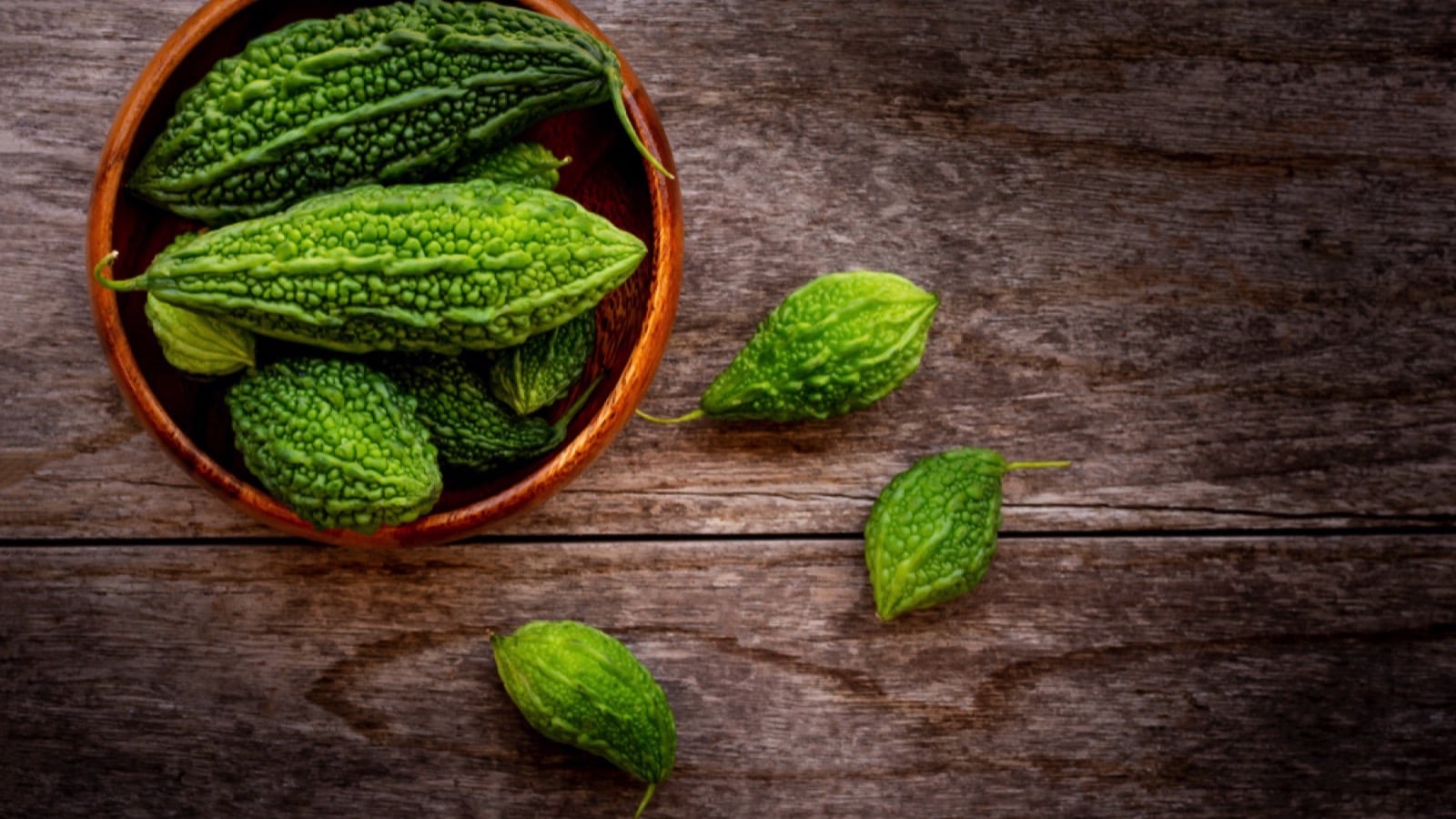
Bitter gourd (also called bitter melon) is a vegetable with a distinct, bitter taste that can be overwhelming. You’ll find bitter gourd in cuisines like bitter melon stir fry, bitter gourd chips, and Khatta Meetha Karela, among others. It’s usually praised for its potential health benefits, including its role in managing blood sugar levels. Still, in most cases, it’s an acquired taste at best. Some foodies find the bitterness hard to handle and may not be fans of dishes that feature bitter gourd as a prominent ingredient. “I can’t eat two mouthfuls. The bitterness cuts right through, even with chapati, rice, and yogurt,” one commenter reveals.
10. Overnight Oats

Overnight oats have become a trendy breakfast option for health-conscious eaters. These oats are soaked overnight in liquid (often milk or yogurt) to soften them and create a ready-to-eat meal the following day. Overnight oats are trendy, so we get why many appreciate them. Meanwhile, others say they’re tired of pretending it doesn’t taste like what they imagine is prison food. The texture and consistency are less appealing than traditional cooked oats. The soft and sometimes slimy texture can be a turn-off for those who prefer a different mouthfeel in their morning meal.
11. Gefilte Fish

Gefilte fish is a traditional Jewish dish for holidays and special occasions. It’s made by grinding fish (often a combination of whitefish, carp, and pike) and mixing it with various ingredients, then shaping the mixture into patties or balls and simmering them in fish broth. Apparently, this cultural significance doesn’t make it more appealing. The taste might be sweet or salty, depending on how it’s prepared, but that’s not the problem. This side dish has a strong smell. And even though the flavor is more appealing than the smell, some people just can’t stand it.
12. Kombucha
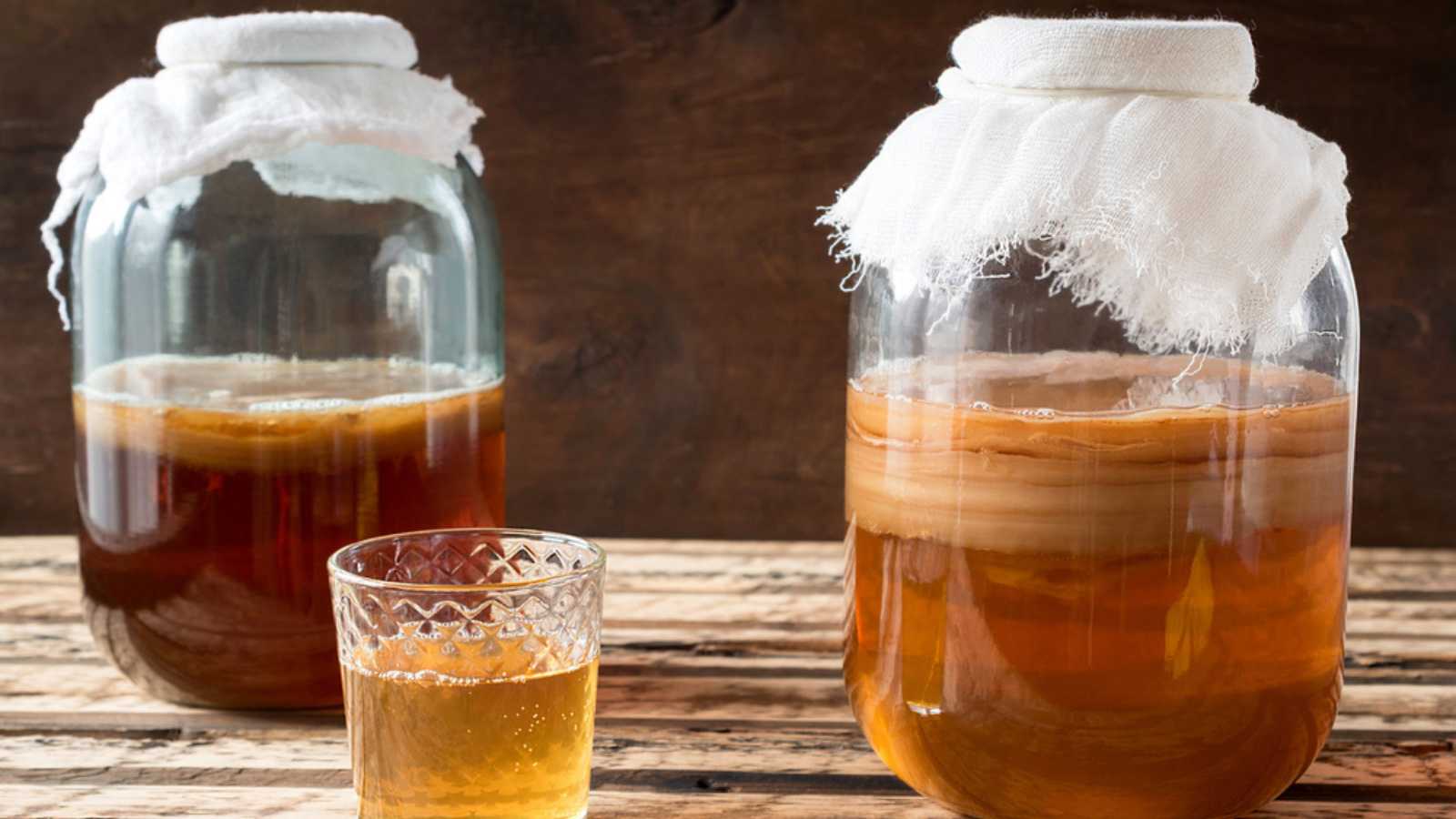
This is another food drink gaining popularity for its potential health benefits. However, since it is a fermented tea beverage, it has a tangy and effervescent nature that doesn’t please everyone’s taste buds. Some find kombucha’s sour taste unpalatable. The presence of live cultures and the natural fermentation process also create a complex flavor profile. Several added kombucha flavors enhance the taste. Those who dislike it are adamant none of that changes anything.
Source: Reddit.
13. Coffee-Free Zone: Discovering 10 Alternative Ways to Function Effectively

In our fast-paced world, coffee is often seen as the go-to energizer for many. Dive into the ‘Coffee-Free Zone’ to explore 10 invigorating alternatives that can help you function at your best without the beans.






